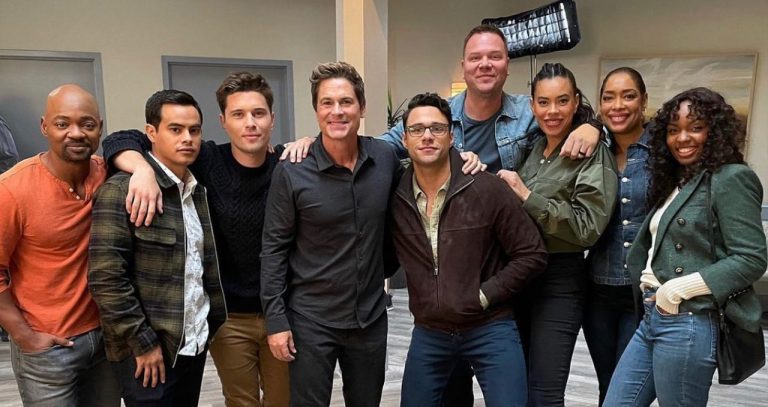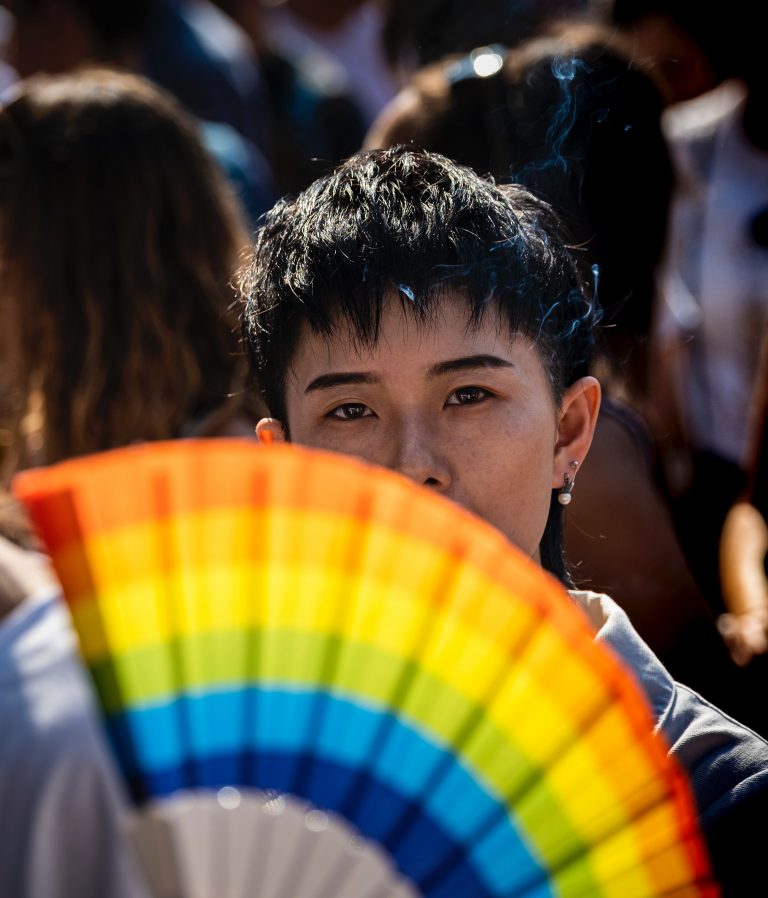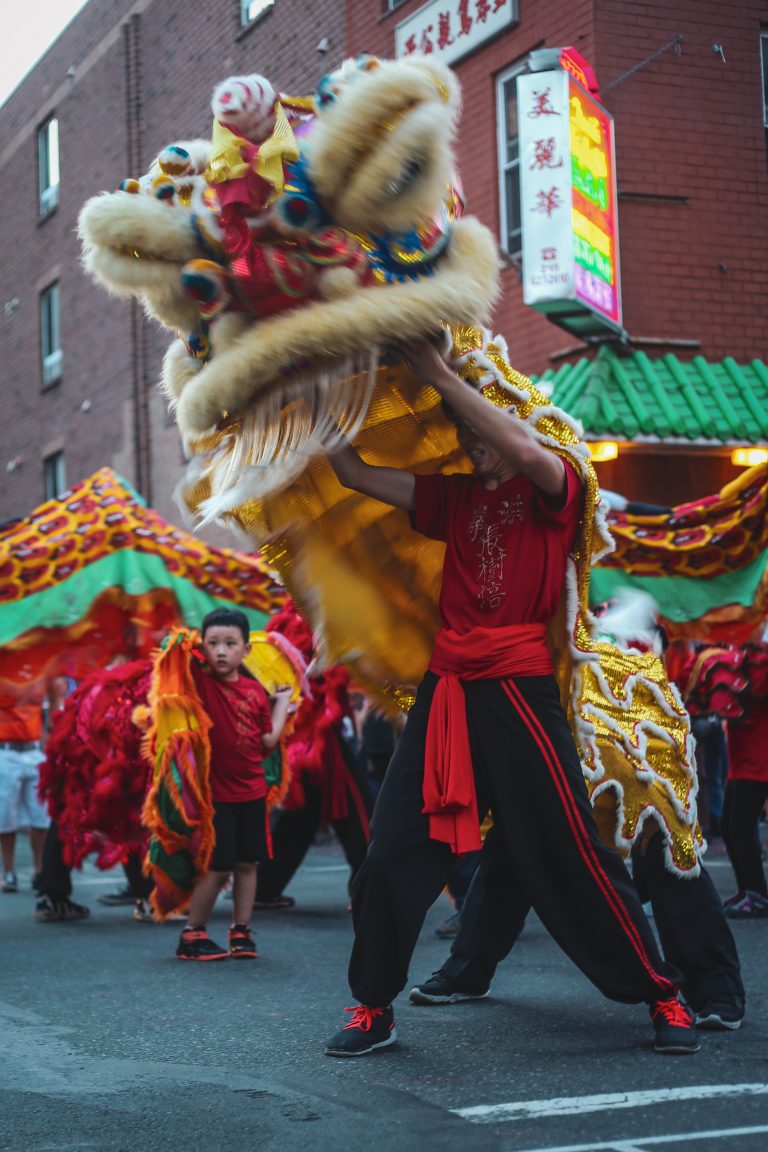How Issues of Transportation Impact Minority Groups Disproportionately
Public Transportation is available around the United States, namely in metropolitan areas. This article explores the unequal access to transportation for minority groups.
The United States has seen a decades-long shift of people moving to urban centers, with 83% of the country’s population relocating to cities. As metropolitan cities like New York and Philadelphia have grown, the racial diversity has increased, with minority groups making up over half of the population in these areas. In suburban areas, minority presence has grown to 39%.
However, racial segregation is common and has been systematically used to deprive minority individuals of affordable housing.
As a result, jobs are more widely available in white areas, increasing commuting time to work for people of color. Furthermore, public transport has been built around the various zoning restrictions and regulations against minority groups. Transportation primarily benefits white citizens at the expense of the minority worker, lacking base for diversity and inclusion.
Issues of Inequality
Air Pollution
The United States is a leading nation regarding carbon emissions, emitting 6,558 million metric tons in 2019. The Federal Transit Administration (FTA) determines that about 29% of the United States’s greenhouse gases come from transportation. 41% of greenhouse emissions come from cars, according to the U.S. Environmental Protection Agency (EPA).
While white people disproportionately cause pollution, studies show that minority groups disproportionately breathe this contaminated air, a leading environmental cause of mortality. By having more public transportation, the United States can reduce carbon emissions by 37 million metric tons yearly, according to the Center for Climate and Energy Solutions (C2ES). The decreased use of personal vehicles in favor of public transport not only decreases air pollution but also traffic and noise pollution.
Increasing public transport can not only decrease the effects of pollution on minorities but also benefit commuters, who are disproportionately people of color. 34% of Blacks and 27% of Hispanics take public transit daily compared to 14% of whites.
Commuting Times
Researchers from the Federal Reserve Bank in Philadelphia found that it takes Black workers an average of 22.4 minutes longer to get to work than white workers. While the gap between Black and white commuters’ travel time has decreased in small and mid-sized cities, the gap has gotten wider in metropolitan areas where racial segregation against Black and Hispanic individuals has remained high, according to the segregation indices.
Automobile Market
Labor market outcome inequality makes it more difficult for people of color to afford cars compared to white people. The National Equity Atlas finds that about 18% of Black people and 14% of other People of Color (POC) do not own a car. In comparison, 6% of white people do not own a car. White people have approximately 1.99 vehicles per household compared to 1.3 per Black and 1.69 per Hispanic household.
Public Transportation
A study by University of Louisville researchers finds that lack of access to various modes of transportation is highly correlated with income inequality. Inequality declines when more commuters utilize public transportation instead of a vehicle.
The research emphasizes the higher income inequality in the South, which is exacerbated by the historical discrimination against African Americans. However, the income gap narrows in cities with more modes of transportation, where African Americans earn more.
The study also notes that Black women do not benefit as much as Black men from having different transportation options. This could be because women feel unsafe while waiting at stations and while riding and walking alone at night. Areas that are impoverished are not as well lit at night, and the streets outside of the station may not be safe either.
Researchers looking into Baltimore, Maryland, indicate that two out of three jobs cannot be reached within an hour and a half by public transport. Most users of public transport are part of minority groups. Having more robust transportation options may address some of this inequality.
A Rice University researcher noted that public transport was built around the concept of racism. In Houston, Texas, there are two bus systems. The more high-end system, with reclining seats and half an hour rides for $3.25, has 60% white riders. The local bus system costs $1.25 for an hour and a half and has 60%, Black passengers. Bus stations for the latter do not have any seating, just a tiny sign on the side of a narrow sidewalk.
What Needs to Change?
An alternative to public transportation (at least for short-distance travel) is bike lanes. To implement this, cities must have enough lanes that are in good condition and safe to ride. Unfortunately, predominantly African American areas like the South Side of Chicago have hazardous bike lanes. The approach to making cycling more accessible is to allow more community involvement when planning cycling infrastructure.
Beyond cycling options, public participation in planning is necessary to ensure that transportation projects benefit the population equally, either by guaranteeing bus and train systems pass through minority communities or that the conditions of such services are met.
Ensuring that redevelopment projects do not displace minority residents but rather help them obtain jobs closer to their homes could reduce commuting time to work. The key to reducing inequalities faced in transportation starts by desegregating metropolitan and suburban towns.




